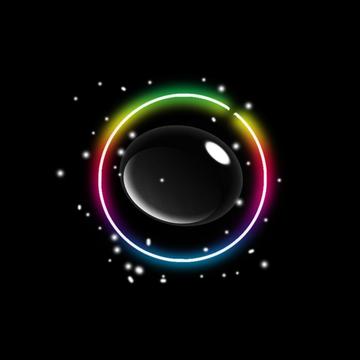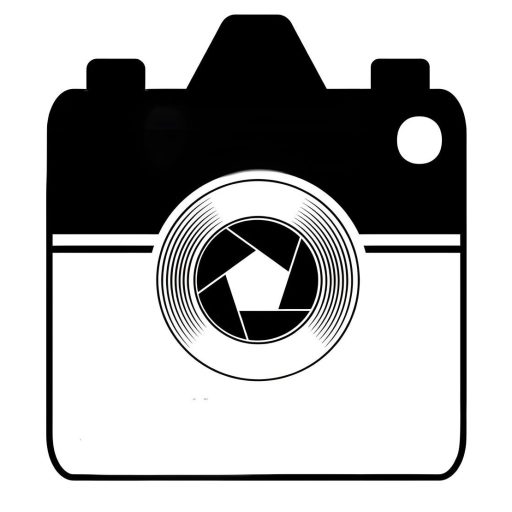As a new photographer, you may have noticed some interesting and sometimes frustrating phenomena during your shooting adventures. One of these is that flares seem to be more common and more pronounced at higher f – stops. Let’s explore why this happens and what you can do about it.

What is an f – stop?
First, it’s important to understand what an f – stop is. The f – stop is a measure of the aperture size in your camera lens. A lower f – stop number (such as f/2.8) indicates a larger aperture opening, allowing more light to enter the camera. On the other hand, a higher f – stop number (like f/16) means a smaller aperture opening, restricting the amount of light.
Why Flare at Higher F – stops?
Lens Design and Reflections
At higher f – stops, the aperture blades within the lens are more constricted. This can cause light to bounce around inside the lens in unexpected ways. The complex internal structure of the lens, including multiple glass elements, can create opportunities for light to reflect off various surfaces. These reflections can then lead to flare. When the aperture is wide open at lower f – stops, the light has a more direct path through the lens, reducing the likelihood of these internal reflections causing visible flare.
Diffraction Effects
Higher f – stops also introduce diffraction. Diffraction occurs when light waves encounter an obstacle or an aperture and bend around the edges. At smaller apertures (higher f – stops), the edges of the aperture blades cause light to diffract more significantly. This diffraction can scatter light in different directions within the lens system, contributing to flare. In addition, the diffracted light can interfere with the normal light path, creating unwanted artifacts and reducing image sharpness, which can be exacerbated by flare.
How to Deal with Flare at Higher F – stops?
Use a Lens Hood
A lens hood is an essential accessory for any photographer. It blocks out stray light from the sides and reduces the chances of light entering the lens at an angle that can cause flare. When shooting at higher f – stops, make sure your lens hood is properly attached.
Check for Lens Cleanliness
Even a small amount of dust, smudges, or fingerprints on the lens elements can increase the likelihood of flare. Regularly clean your lens using appropriate cleaning tools and techniques. This simple step can make a big difference in reducing flare issues.
Adjust Your Shooting Angle
Sometimes, simply changing the angle of your camera relative to the light source can help. If possible, try to position yourself or your subject in a way that minimizes the amount of direct light hitting the lens at an angle that would cause flare.
Consider Post – processing
In some cases, if flare does occur, you can use post – processing software to reduce its impact. There are tools available in most photo editing programs that can help you to correct for color shifts and reduce the visibility of flare artifacts.
In conclusion, understanding the relationship between f – stops and flare is an important part of becoming a better photographer. By knowing why flare is more likely at higher f – stops and taking steps to manage it, you can improve the quality of your images and make your photography journey more enjoyable.
